Corn Snake vs Ball Python: Which is Best for You?
December 8, 2020
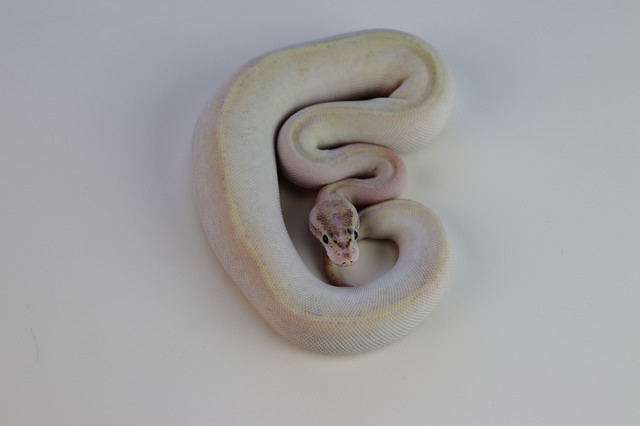
Should I Get a Corn Snake or a Ball Python?
Choosing which snake is the right snake for you can be an extremely hard decision, especially if it's your first snake. The good news is, both corn snakes and ball pythons make great starter snakes. Each snake has its own pros and cons, but as someone who has owned both, I can say that regardless of which snake you choose, you won’t be making a mistake. Let's discuss the ups and downs to each, to help you decide which snake is the best for you!
Size and Lifespan
Ball Pythons: Ball pythons are medium sized snakes that average between 3 and 6 feet. They are thick bodied snakes as well, so if you’re looking for a larger snake that stays a reasonable length, a ball python may be right for you! Before committing to a ball python as a pet snake, keep in mind they live long lives. They can easily live into their 30s, and some even live past that! Ball pythons are calm and docile snakes that are easy to handle.
Corn Snakes: Corn snakes are fairly small snakes that usually grow to be between 2 and 4 feet long. These guys are much thinner than ball pythons as well, so if you want a snake but aren’t quite ready to have a large one, a corn snake may be a better pick for you. Corn snakes usually live to be around 12 years old. Corn snakes are very docile snakes that rarely bite, however, they are known to be very wiggly and are harder to handle.
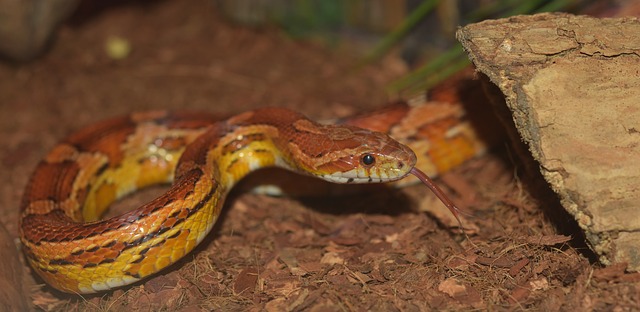
Diet
Ball Pythons: Ball pythons are known to be picky eaters, that tend to binge eat in the summer and fast in the winter. They are large snakes that require larger meals such as rats. Before purchasing a ball python, make sure to ask the breeder if it is eating live or frozen thawed. It is common for breeders to feed their ball pythons live prey. It can be difficult (but not impossible) to switch a ball python to frozen thawed if they have been eating live for a while.
Corn Snakes: Corn snakes are typically excellent eaters. They are known to never refuse a meal, and are almost always already trained to eat frozen thawed meals. Another benefit to a corn snake’s diet, is that they eat mice instead of rats, which are often much cheaper.
Enclosures, Lighting, and Humidity
Both snakes will require proper sized enclosures as well as a heat lamp. The heat lamp you choose will be determined by the temperature of your room. I know you’re looking for a direct answer of which bulb to buy, but there really isn’t one. The colder the room, the higher the wattage you will need, it's a little bit of trial and error. You will also need to buy a thermometer/hygrometer to monitor the humidity and temperature ranges in your snake’s enclosure.
Ball Pythons: Because ball pythons are fairly large snakes, they require a fairly large enclosure. An adult ball pythons enclosure should be at least 48 inches x 18 inches x 24 inches. Ball pythons love climbing and exploring at night and they need the proper room to do so. Another important piece to keep in mind is that ball pythons require a high humidity. Their humidity range should always stay between 50 - 70%. If you cannot maintain an accurate humidity for them, they will become dehydrated and will develop serious health issues.
Corn Snakes: Corn snakes are smaller snakes and therefore require smaller enclosures than ball pythons. An adult corn snake will require an enclosure that is 48 inches x 12 inches x 24 inches. I would highly recommend adding some branches and climbing decor to your snake’s enclosure, as corn snakes love to climb. Make sure your enclosure is completely escape proof and has a locking lid. Corn snakes are excellent escape artists that will squeeze out of the smallest of spaces. Corn snakes require a much lower humidity than ball pythons. Their range is between 40 - 50 %, which is much easier to maintain.
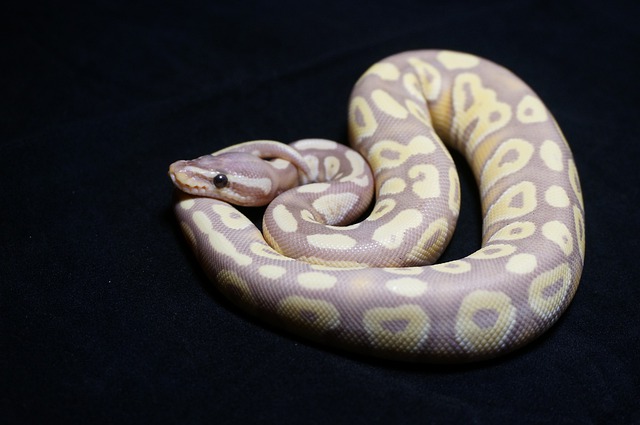
Color and Pattern
Snakes have different colors and patterns known as “morphs”. Both ball pythons and corn snakes have a wide variety of morphs to choose from. Though you can purchase corn snakes and ball pythons for fairly cheap, keep in mind that the fancier the morph, the more expensive the snake. If you head over to morphmarket.com you’ll be able to see all the different morphs there are to choose from for each snake. If you’re interested in purchasing a snake online, be sure to read my article on what you need to know before buying a snake online.
Ball Pythons
Pros:
- Live a long life
- Come in hundreds of different morphs
- Slow moving and good to be handled
- Readily available in stores and online
Cons:
- Require a large enclosure
- Require a high humidity
- Not very active
- Are known to hiss and strike more than corn snakes
- Can be picky eaters
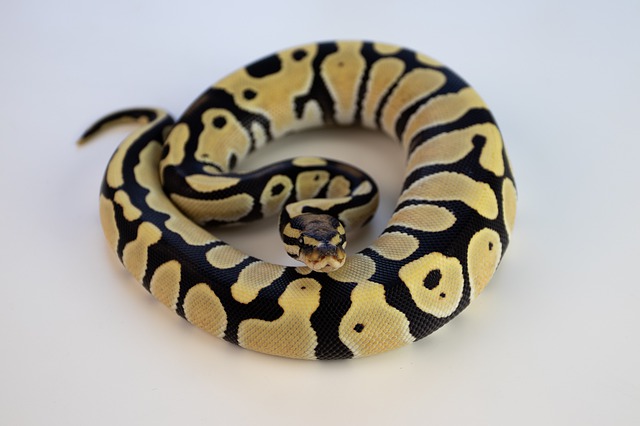
If you are interested in buying a ball python, be sure to read my Ball Python Care Sheet to learn all you need to know about ball python care.
Corn Snakes
Pros:
- Generally good eaters
- Manageable sized snakes
- Don't require too much maintenance or attention
- Readily available in stores and online
- Rarely bite or strike
- Semi active species, especially at night
Cons:
- Excellent escape artists
- High energy and harder to handle
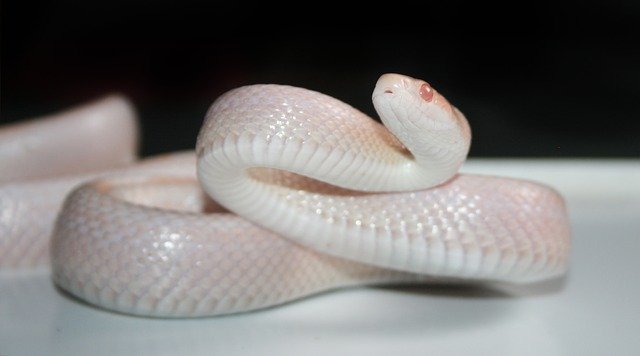
If you are interested in buying a corn snake, be sure to read my Corn Snake Care Sheet to learn all you need to know about corn snake care.
Recommended Posts

What You Need To Know Before Buying A Snake Online
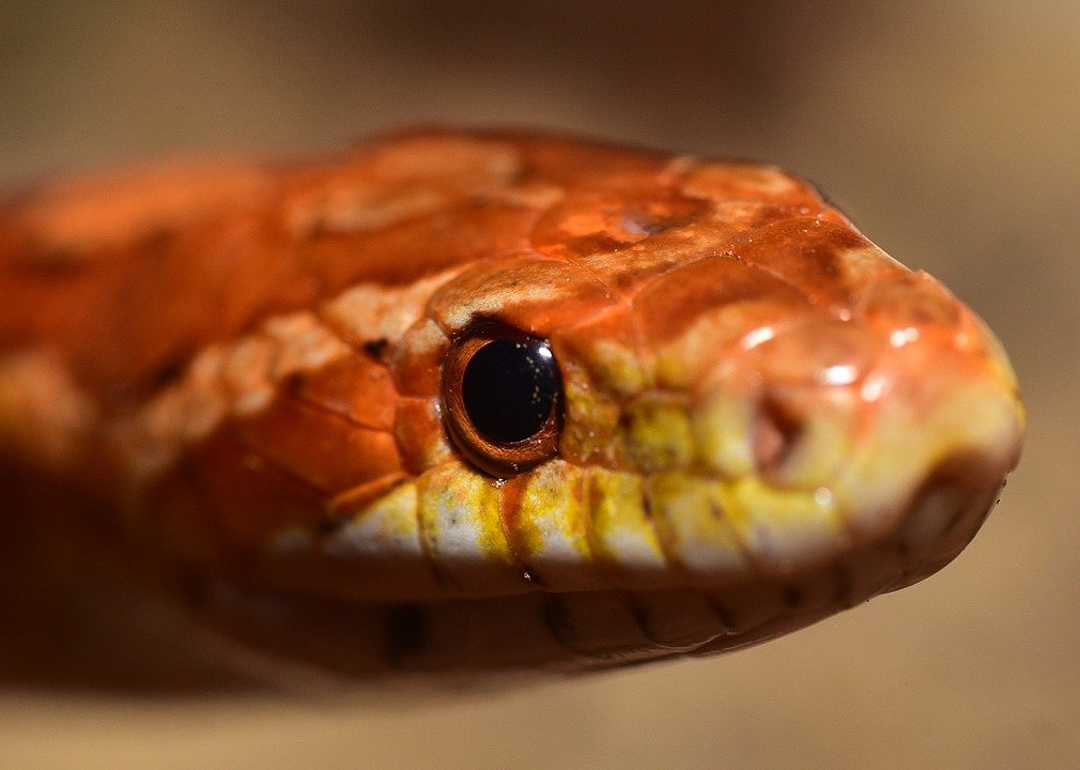
The Complete Corn Snake Care Sheet
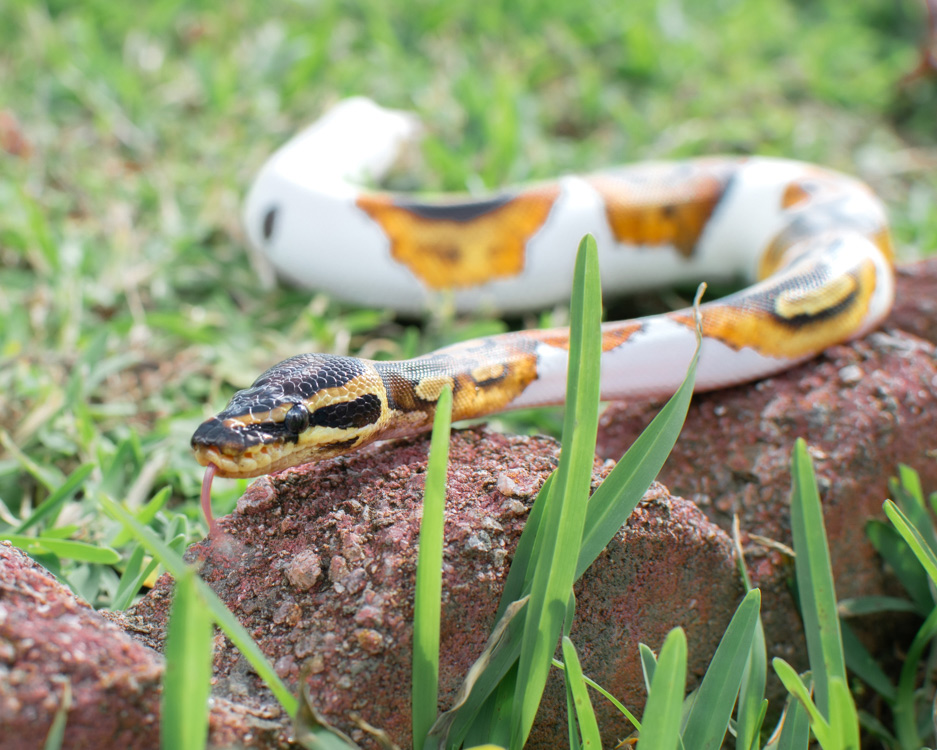
Complete Ball Python Care Sheet




Sending...